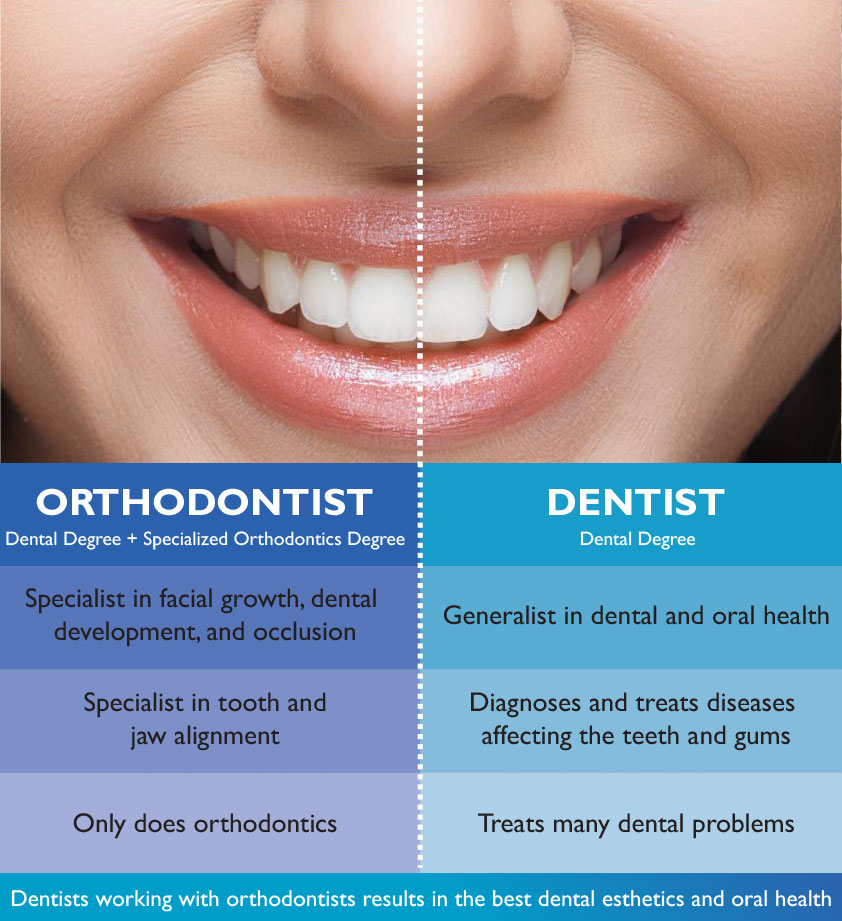Causey Orthodontics - Truths
Table of ContentsIndicators on Causey Orthodontics You Need To KnowLittle Known Questions About Causey Orthodontics.The smart Trick of Causey Orthodontics That Nobody is Talking AboutMore About Causey Orthodontics5 Simple Techniques For Causey Orthodontics
Overlooking occlusal relationships, it was common to get rid of teeth for a range of dental problems, such as malalignment or congestion. The idea of an intact dentition was not extensively valued in those days, making bite relationships seem pointless. In the late 1800s, the concept of occlusion was essential for creating dependable prosthetic replacement teeth.As these concepts of prosthetic occlusion advanced, it became an important device for dentistry. It remained in 1890 that the job and effect of Dr. Edwards H. Angle began to be really felt, with his payment to modern-day orthodontics particularly significant. Originally concentrated on prosthodontics, he educated in Pennsylvania and Minnesota before routing his focus towards oral occlusion and the treatments needed to maintain it as a regular problem, hence ending up being called the "papa of contemporary orthodontics".

The idea of suitable occlusion, as proposed by Angle and included right into a classification system, made it possible for a change towards treating malocclusion, which is any deviation from normal occlusion. Having a full set of teeth on both arches was highly searched for in orthodontic therapy because of the demand for exact relationships between them.
The smart Trick of Causey Orthodontics That Nobody is Discussing
As occlusion ended up being the crucial top priority, face proportions and looks were disregarded - Causey Orthodontics. To attain ideal occlusals without utilizing exterior pressures, Angle postulated that having excellent occlusion was the best means to obtain optimal face aesthetic appeals. With the death of time, it came to be fairly obvious that also a remarkable occlusion was not appropriate when taken into consideration from an aesthetic viewpoint
Charles Tweed in America and Raymond Begg in Australia (that both researched under Angle) re-introduced dental care removal into orthodontics during the 1940s and 1950s so they might enhance face esthetics while additionally guaranteeing far better stability concerning occlusal partnerships. In the postwar duration, cephalometric radiography started to be utilized by orthodontists for measuring modifications in tooth and jaw setting brought on by development and therapy. It came to be evident that orthodontic treatment could adjust mandibular advancement, resulting in the formation of practical jaw orthopedics in Europe and extraoral pressure actions in the United States. Nowadays, both functional devices and extraoral tools are applied around the globe with the aim of changing development patterns and kinds. Going after real, or at least enhanced, jaw connections had ended up being the primary goal of therapy by the mid-20th century.
The smart Trick of Causey Orthodontics That Nobody is Discussing
 The American Journal of Orthodontics was created for this purpose in 1915; prior to it, there were no clinical purposes to follow, nor any type of accurate classification system and braces that did not have features. Until the mid-1970s, dental braces were made by wrapping steel around each tooth. With improvements in adhesives, it came to be feasible to instead bond steel braces to the teeth.
The American Journal of Orthodontics was created for this purpose in 1915; prior to it, there were no clinical purposes to follow, nor any type of accurate classification system and braces that did not have features. Until the mid-1970s, dental braces were made by wrapping steel around each tooth. With improvements in adhesives, it came to be feasible to instead bond steel braces to the teeth.Andrews provided an insightful meaning of the optimal occlusion in long-term teeth. This has had significant results on orthodontic treatments that are carried out routinely, and these are: 1. Appropriate interarchal relationships 2. Right crown angulation (suggestion) 3. Proper crown disposition (torque) 4. No turnings 5. Tight contact points 6. Flat Contour of Spee (0.02.5 mm), and based on these principles, he found a therapy system called the straight-wire home appliance system, or the pre-adjusted edgewise system.
The advantage of the design hinges on its brace and archwire combination, which requires only marginal cable flexing from the orthodontist or clinician (cheapest orthodontist near me). It's appropriately named after this feature: the angle of the port and thickness of the bracket base inevitably establish where each tooth is positioned with little need for additional manipulation
Little Known Facts About Causey Orthodontics.
Both of these systems utilized identical brackets for each tooth and required the bending of an archwire in 3 aircrafts for situating teeth in their desired settings, with these bends determining supreme placements. When it concerns orthodontic home appliances, they are divided into 2 kinds: detachable and taken care of. Detachable appliances can be handled and off by the individual as called for.

Thus, practically all modern-day set appliances can be thought about variants on this edgewise appliance system. Early 20th-century orthodontist Edward Angle made a major contribution to the globe of dentistry. He produced 4 distinct appliance systems that have actually been utilized as the basis for numerous orthodontic therapies today, barring a couple of exceptions.
The Only Guide for Causey Orthodontics

The cord ended in a thread, and to relocate it onward, a flexible nut was made use of, which permitted a rise in area. By ligation, each private tooth was connected to this extensive archwire (orthodontist expert). Because of its limited variety of activity, Angle was incapable to attain precise tooth placing with an E-arch
These tubes held a soldered pin, which can be rearranged at each consultation in order to move them in position. Referred to as the "bone-growing home appliance", this contraption was thought to motivate much healthier bone development because of its potential for moving force straight to the roots. Executing it proved frustrating in fact.